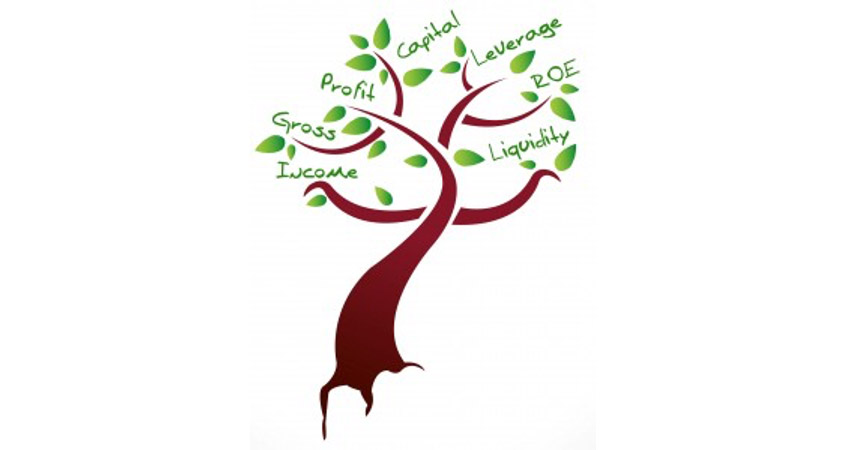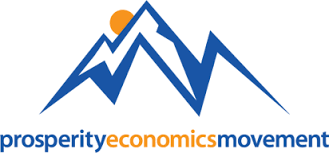
The Leverage Test: Can You Use Your Assets as Collateral?
“When we leverage, we aggregate and organize existing resources to achieve success.”
– Richie Norton, The Power of Starting Something Stupid.
When you invest or store your dollars somewhere, it’s important to consider if – or on what terms – you can borrow them back should an urgent need for cash arise. While you may not plan on wanting or needing your dollars back, it’s common for people to find themselves in financial situations they didn’t anticipate.
The ability to use an asset as collateral is also a test of its strength. Dollars in the form of saving accounts, certificates of deposit, and other negotiable instruments can be easily collateralized in most cases. Unfortunately, savings accounts and CDs offer an extremely low rate of return as well as little flexibility or other benefits.
Other assets may offer a chance of higher returns, but if they also come with risk and volatility, they may be problematic or nearly impossible to use as collateral. Other “assets” may have cost you plenty when you purchased them, but they’re not considered collateral-worthy. (Your home insurance policy may say your furnishing are worth $20,000 or even $50,000, but you’d be hard-pressed to find a bank – or anyone – who will loan you money against your used furniture.)
Are your investments and assets strong enough to collateralize, if wanted or needed?
Consider the following…
Collectibles, coins, and precious metals. U.S. banks do not loan against such things, as a general rule. You can take gold jewelry to pawn shops and obtain a short-term loan at about 27% interest… but why would you? If your need for cash is that great, simply sell the coins or the jewelry.
While finding yourself in this position is understandable if you have inherited jewelry or bought gold awhile back, carefully consider how much you want (if any) of an asset that cannot be easily collateralized or liquidated.
As we have discussed in previous blogs on the podcast perhaps the biggest problem with gold is that it’s a whole lot easier to BUY than it is to sell.
Borrowing against gold is similarly problematic. It fails the leverage test since you cannot leverage it for terms that would be acceptable to a reasonable person.
Stocks and mutual funds: Sometimes, brokers allow up to a 50 percent loan against a brokerage account in order to purchase more stocks, bonds, or mutual funds. However, in addition to fees and interest, you could lose big-time if a margin call happens. The brokerage can sell your shares to collect interest, fees and losses.
Many investors are unaware of the risks of a margin call, which can happen long before your account loses fifty percent, if you have borrowed up to the allowable halfway mark. “Investing with Borrowed Funds: No ‘Margin’ for Error,“a Finra article, delivers warnings to investors along with detailed explanations of the risks.
401(k) loans: At many companies, employees can borrow the lesser amount of 50 percent of the account balance or a maximum of $50,000. The loans can be easy to take, but have some serious disadvantages.
If you borrow against your 401(k), you may think you’ll pay typical loan fees of about prime plus 1%, which may seem nominal. However, that’s not the whole truth about qualified plan loans! Because the loans are repaid using after-tax dollars to replace the borrowed pre-tax dollars, you’ll pay income taxes TWICE on the dollars you use to repay the loan – once when the dollars are earned, and again when you take a disbursement. (That’s in addition to the nominal interest rate you thought you were paying!)
And if you borrow against your 401(k) and you either quit, get laid off, or the company closes its doors before you pay back the loan, you typically have only 60 days to repay the loan before it’s treated as income by the IRS. This means you’ll pay income taxes as well as a penalty, depending on your age.
Real estate: Often, up to 80% of a home’s value can be borrowed or remortgaged… sometimes more for owner-occupied homes, typically less for rental properties or borrowers with less than excellent credit or steady income. Purchase loans go as high as 96.5 – 100% with FHA or VA loans.
At any time after a purchase, borrowing against real estate for a home equity line of credit (HELOC) or cash-out refinance will require new credit checks, income verifications, appraisals and more. If the market or the property owner’s financial situation has changed for the worst, it can be difficult to borrow new dollars from an existing home, particularly if there is not sufficient equity. Existing lines of credit may solve that problem, but banks have been known to freeze or close lines of credit.
Cash value in a whole life policy: A policyholder can often borrow up to 95 percent of the policy cash value amount from the insurance company, using the cash value as collateral. There are no qualifications, credit checks, or other requirements to do so.
Policy loans are tax-free money. However, if the insured (typically the policyholder) dies before the loan is repaid, the insurance benefits to beneficiaries will be reduced by an equal amount.
Annual interest applies, but you can repay the loaned amount on your own schedule. Fixed rates are currently running between 7.5 and 8%, and adjustable rates are less. This may sound high for the current lending environment, but remember that the cost of the policy loan will be offset by the dividends earned by the cash value, which is still in the policy. Many people use their whole life policies for emergency funds or even major purchases, perhaps using the Infinite Banking Concept.
Do Your Assets Pass the Leverage Test?
If the strength of an investment is judged by if and how you can use an asset as collateral, many of the things we consider to be “assets” don’t rank very highly. Even money market funds, often considered relatively safe, can’t be used like bank CDs or cash value in a whole life insurance policy to secure cash.
George Soros once said, “It is much easier to put existing resources to better use, than to develop resources where they do not exist.” Perhaps you don’t think you will ever want or need to use your assets as collateral, but the ability to do so should never be overlooked.
If you’re not getting our occasional email updates, sign up to receive our Prosperity on Purpose ezine along with your free Prosperity Accelerator Pack today!
Originally posted by Prosperity Economics Movement in May 2014. Reposted here with permission
Popular posts



